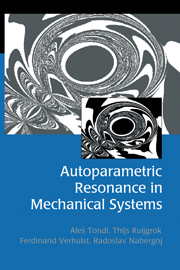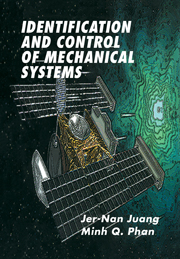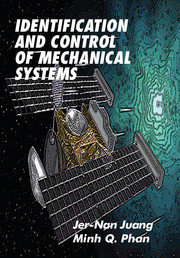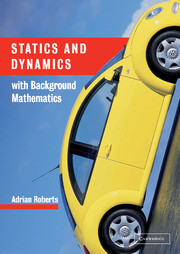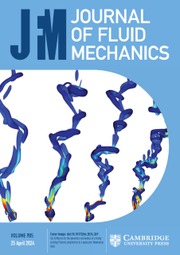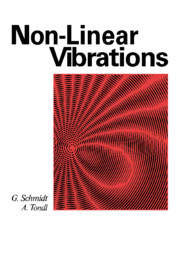Autoparametric Resonance in Mechanical Systems
When a mechanical system consists of two or more coupled vibrating components, the vibration of one of the component subsystems may destabilize the motion of the other components. This destabilization effect is called autoparametric resonance. It is a concept that has important engineering applications. For example, vibrations in a pipeline induced by high-speed gas flows must be considered in the design and operation of the pipeline. This book is the first completely devoted to the subject of autoparametric resonance in an engineering context. Using the tools of nonlinear analysis, the authors show how to carry out the first crucial step, that is, how to determine the regions of parameter space where the semi-trivial solution is unstable. They describe what happens in these regions and then discuss non-trivial solutions and their stability. The study of autoparametric systems is a lively area of current research in engineering and applied mathematics, and this book will appeal to graduate students and research workers in both disciplines.
- Only available book covering autoparametric resonance in engineering
- The authors are internationally recognised experts in the field
- Offers a lucid explanation of this potentially difficult subject
Reviews & endorsements
'A really good book, packed with information as would be expected from the distinguished authors.' Current Engineering Practice
Product details
April 2000Hardback
9780521650793
208 pages
229 × 152 × 16 mm
0.48kg
78 b/w illus.
Available
Table of Contents
- Preface
- 1. Introduction
- 2. Basic properties
- 3. Elementary discussion of single-mass systems
- 4. Mass-spring-pendulum systems
- 5. Models with more pendula
- 6. Ship models
- 7. Flow-induced vibrations
- 8. Rotor dynamics
- 9. Mathematical methods and ideas
- Bibliography
- Index.

